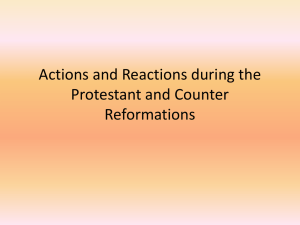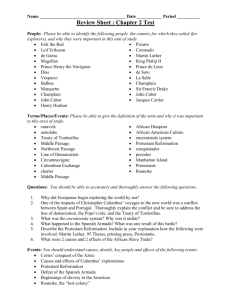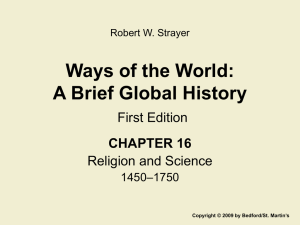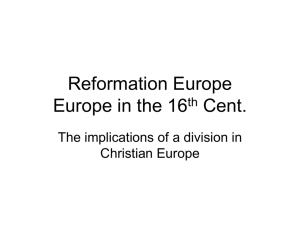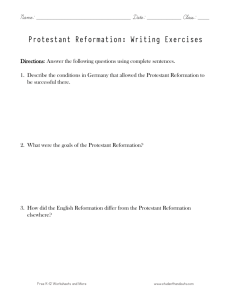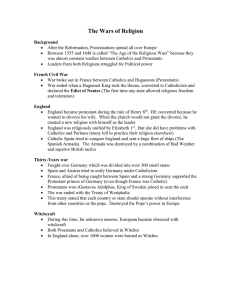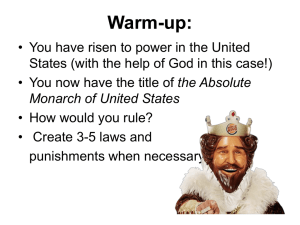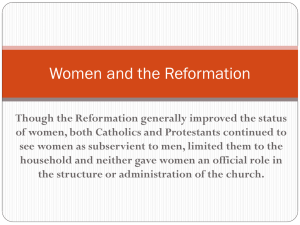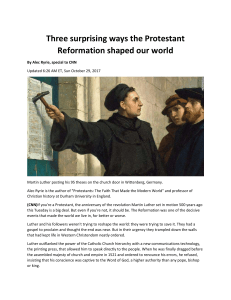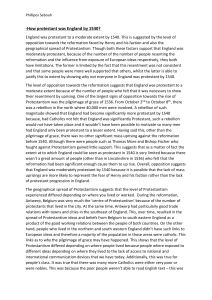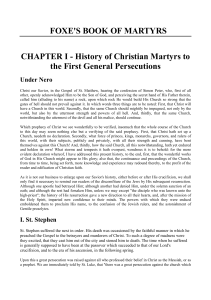counter_reformation.pptx
advertisement
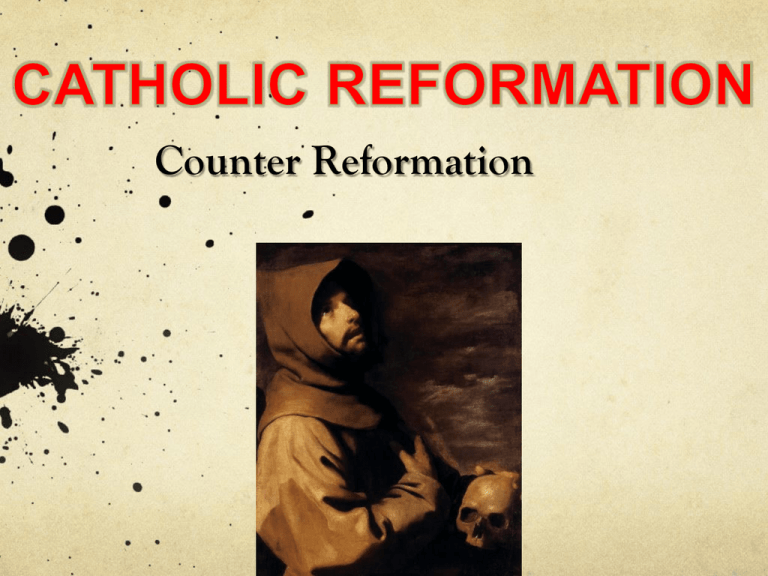
Counter Reformation Called by Pope Paul III (1534- 1549) 1545-1573 Three-fold purpose 1. Stop the spread of Protestantism 2. Stop the abuses within the RCC 3. Reaffirm Church Doctrine Council of Trent Cont….… Most important reforms: Internal discipline Steps taken to stop the sale of church offices Priests had to be devoted, dressed properly, and highly educated ***Not one concession made to the Protestants**** Index of Prohibited Books Inquisition – 13th century established to uncover heretics Heresy – tortured to secure confessions Unrepentant – handed over to civil authorities = death Jesuits Ignatius of Loyola 1548 – Spiritual Exercises Spiritual leader who fought Protestantism – preserved Catholicism in Germany, Poland, and Belgium Officially recognized by Catholic Church Spiritual Exercises Contained mental and emotional exercises designed to teach one absolute self mastery over one’s feelings. That a person can shape his/her own behavior Protestants were viewed as being disobedient to the Catholic Church whereas the Jesuits were good Catholics who were asked to submit to a higher church authority without question. Stopped the sale of indulgences, pluralism, clerical absenteeism, concubines of women Established seminary for education and training of priests Veneration of Saints and the Cult of Virgin Mary continued Individual interpretation of scripture denied Strong leadership from a succession of Popes continued reform Religious unity destroyed Religious Wars State gained power at the expense of the Church Encouraged education Reformation and Education Humanism was accepted by many of the Protestant schools Focus on the classical studies Compared to the scholastic ways of teaching Reformation and Women Protestant reformers accepted clerical marriage Protestants opposed the medieval viewpoints of women (how they were portrayed as inferior) Praised women, but especially in the biblical vocation as mother and housewife Equal right to divorce like men in Protestant cities Family Life in Early Modern Europe Later marriages: Men: mid-late 20’s Women: early-mid 20’s Protestants and Catholics required parental consent to get married Arranged marriages: Men and Women could legally protest a marriage that was arranged by their parents Family Size: Families consisted of mother, father and 2-4 children (who survived) Women produced 6-7 children, but 1/3 died as infants, and ½ died in their teens. Family Life cont… Birth Control: Various methods Church opposed birth control Wet Nursing: Noble women would hire women to suckle their newborns out of convenience Infant deaths were higher for children who were wet nursed b/c the women who provided the service were not in good health Loving families? Children between the ages of 8-13 were often sent from their homes into apprenticeships, school, or employment in homes or businesses of family friends, or relatives. Widowers and widows often remarried a few months after the passing of their spouse.
